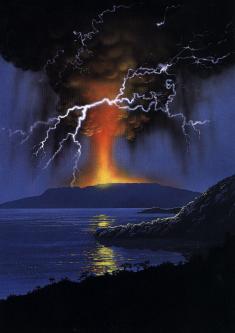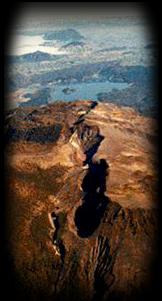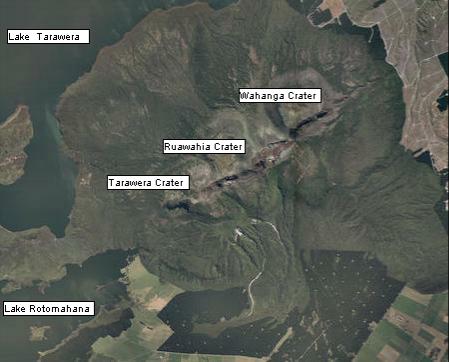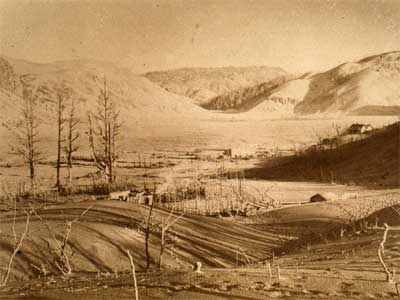|
|
|
|
At around 1.30am, there was a violent earthquake and then a loud explosion as the Wahanga dome of the Tarawera area exploded. The cloud went up nearly 10km into the sky, and people watched in awe. Then at 2am, the Ruawahia peak and then the Tarawera peak erupted. The second explosion was so loud, it was heard in Christchurch, over 800km away. You could even see lights in the sky from the South Island. |
 |



